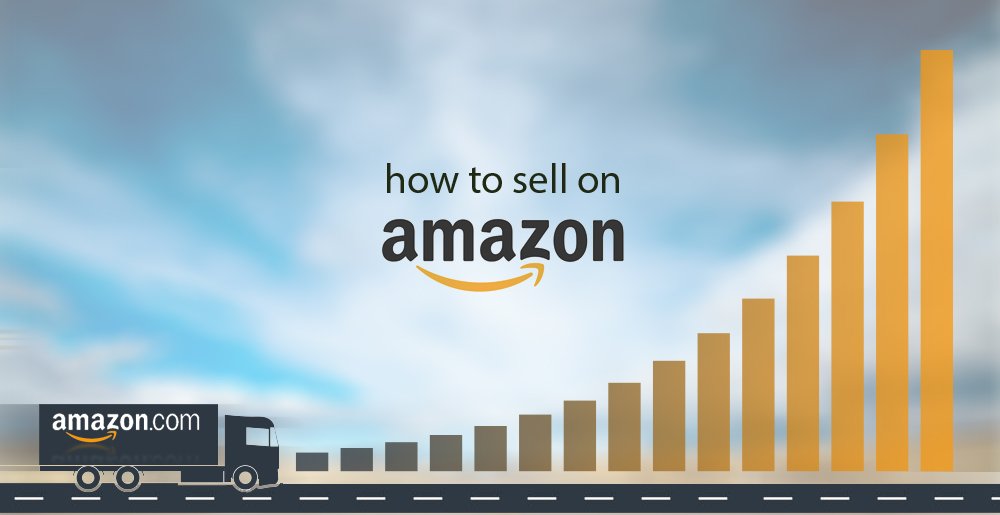
From Finding Suppliers to Listing Your Product on Seller Central
In today’s digital age, selling products online has become a lucrative endeavor, with Amazon leading the pack as one of the largest e-commerce platforms globally. Whether you’re a budding entrepreneur or an established business looking to expand your reach, tapping into Amazon’s vast customer base can significantly boost your sales. However, navigating the intricacies of selling on Amazon can be daunting for beginners. This comprehensive guide aims to simplify the process, from finding suppliers to listing your products on Amazon Seller Central, while also incorporating SEO strategies to enhance visibility and drive sales.
1. Understanding Amazon’s Platform
Before diving into the selling process, it’s crucial to familiarize yourself with Amazon’s platform and its various seller programs:
- Amazon Seller Central: The primary interface for sellers to manage their inventory, orders, and payments.
- Fulfillment by Amazon (FBA): A program where Amazon handles storage, packaging, and shipping of your products.
- Fulfillment by Merchant (FBM): Sellers fulfill orders themselves, handling storage and shipping independently.
2. Market Research and Product Selection
Conduct thorough market research to identify profitable product opportunities. Use Amazon’s tools such as Best Sellers Rank (BSR) and Jungle Scout to gauge demand and competition. Consider factors like product niche, competition level, and profit margins when selecting your product.
3. Finding Reliable Suppliers
Partnering with reliable suppliers is crucial for maintaining product quality and timely delivery. Explore options such as:
- Alibaba: A popular platform for sourcing manufacturers and wholesalers globally.
- Trade shows: Attend industry-specific trade shows to connect with potential suppliers.
- Local manufacturers: Consider sourcing products locally for faster shipping and better quality control.
Vet suppliers carefully, ensuring they meet your quality standards and offer competitive pricing.
4. Product Sourcing and Negotiation
Once you’ve identified potential suppliers, request product samples to assess quality firsthand. Negotiate pricing, minimum order quantities (MOQs), and payment terms to secure favorable terms. Build a strong relationship with your suppliers for long-term collaboration.
5. Creating a Seller Central Account
To start selling on Amazon, create a Seller Central account:
- Visit Amazon Seller Central website and sign up for an account.
- Choose between Individual or Professional selling plans based on your sales volume.
- Complete account setup by providing necessary information and verifying your identity.
6. Listing Your Product on Amazon
To list your product on Amazon, follow these steps:
- Log in to your Seller Central account and navigate to the “Inventory” tab.
- Click on “Add a Product” and search for your product using its UPC, EAN, or ISBN.
- Fill in product details such as title, description, images, and pricing.
- Set up shipping options and product variations if applicable.
- Verify product information and publish your listing.
7. Optimizing Product Listings for SEO
Optimizing your product listings for search engines is essential for visibility and sales. Implement the following SEO strategies:
- Keyword research: Identify relevant keywords using tools like Google Keyword Planner or Helium 10.
- Incorporate keywords naturally into product title, bullet points, and description.
- Use high-quality images and include keyword-rich alt text.
- Encourage customer reviews to boost credibility and search ranking.
8. Setting Up Fulfillment
Choose between Fulfillment by Amazon (FBA) or Fulfillment by Merchant (FBM) based on your preferences and business model. With FBA, Amazon handles storage, packaging, and shipping, while FBM requires you to fulfill orders independently.
9. Managing Inventory and Orders
Monitor inventory levels regularly to prevent stockouts and maintain product availability. Fulfill orders promptly to ensure customer satisfaction and avoid negative feedback. Utilize Amazon’s inventory management tools to streamline operations.
10. Marketing and Promotions
Promote your products to drive traffic and increase sales:
- Sponsored Products: Run PPC (Pay-Per-Click) campaigns to boost visibility for your listings.
- Lightning Deals: Offer limited-time discounts to attract bargain-hunting shoppers.
- Social media marketing: Leverage social media platforms to engage with your audience and promote your products.
11. Monitoring Performance and Feedback
Track key metrics such as sales velocity, conversion rate, and customer feedback to evaluate your performance. Address customer inquiries and concerns promptly to maintain a positive reputation. Continuously optimize your listings and marketing strategies based on performance data.
12. Scaling Your Business
As your business grows, consider expanding your product line, exploring new markets, and optimizing operations for efficiency. Invest in automation tools and outsourcing to streamline processes and free up time for strategic decision-making.
Conclusion
Selling on Amazon offers immense opportunities for entrepreneurs to reach a global audience and grow their business. By following the steps outlined in this guide, beginners can navigate the selling process effectively, from finding suppliers to listing products on Seller Central. Remember to prioritize customer satisfaction, embrace feedback, and continuously optimize your strategies for long-term success in the competitive world of e-commerce.